Europe’s forgotten refugees: 100 years of crossing the Aegean
An estimated 1.2 million refugees have landed and lived in Greece since 1923. Bea Tridimas tells their story
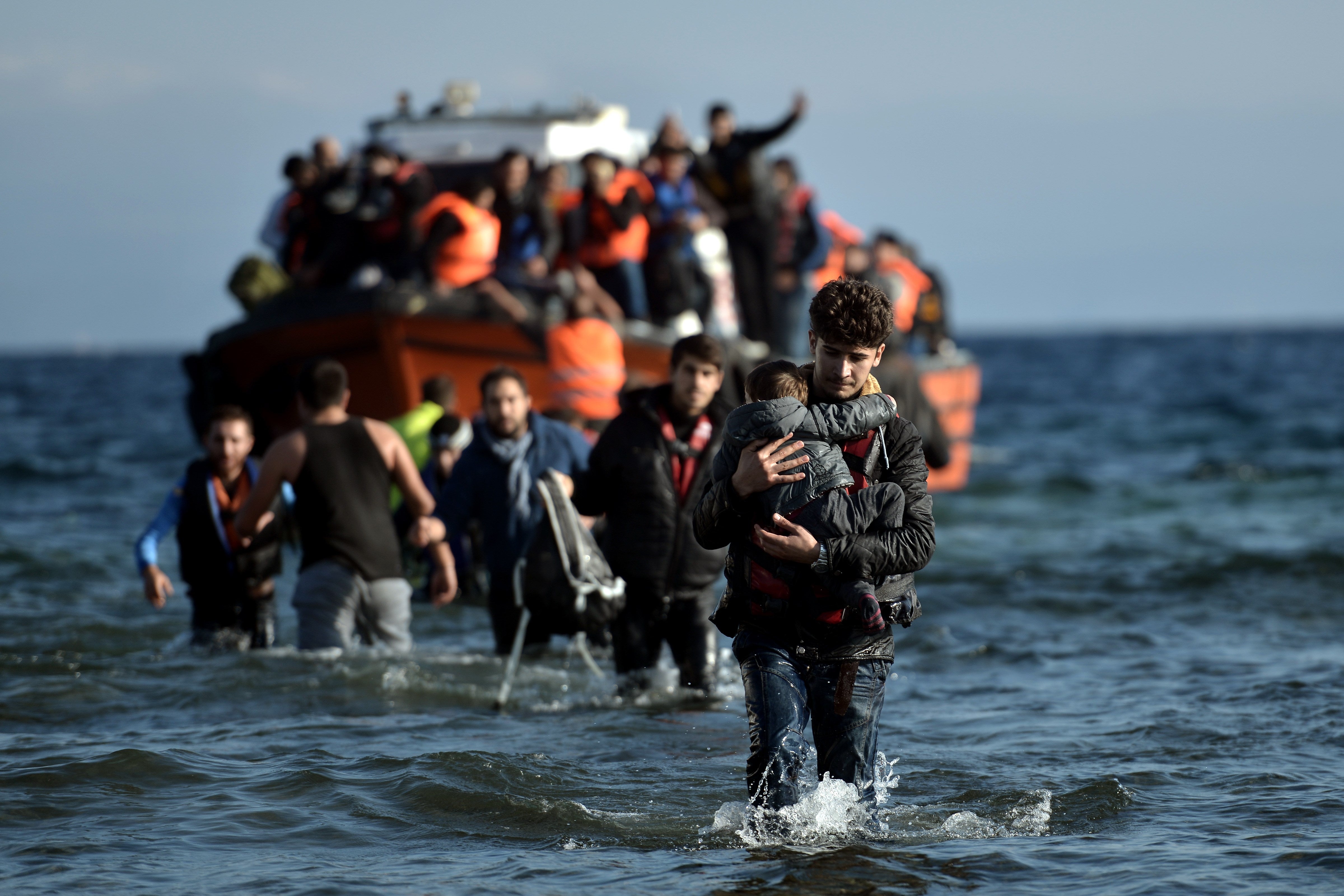
For the first nine years of his life, Andreas Mogridge was an ardent supporter of Panathinaikos, an Athens-based football team and one of Greece’s most successful clubs. It was the 1980s and the club dominated the national league and represented Greece in international competitions, winning against teams like Juventus that no other Greek team could beat.
The club, with its three-leaf clover emblem that can be seen graffitied in green and white on walls around Athens, was at the beginning of a winning streak. Its star player, Dimitris Saravakos, became an icon of Greek football admired even by supporters of Panathinaikos’ rivals.
“I admired him,” says Mogridge, who is the kind of fan who remembers specific matches, the years they were played and the order the goals were scored. He remembers the very match in which, at nine years old, his head was turned.
Now, the 41-year-old is a member of the Panthers, the fan club of Panionios, Greece’s oldest football team and a smaller, less dominating club than Panathinaikos. Mogridge saw the two Athens-based teams in the 1989 Greek Cup final. “It was a David against Goliath kind of thing because Panathinaikos is rich, a lot of fans; Panionios is poor, one tenth of the fans,” he says. He was, however, sitting in the Panionios stands, a lone Panathinaikos supporter surrounded by opposing fans, his father among them.
Panathinaikos scored within the first eight minutes. But as the game was approaching half time, Panionios equalised. “Instinctively I understood,” Mogridge says, his eyes alight with the intensity of that moment 30 years ago. “Panionios is my neighbourhood. Panionios is my family. Panionios is my school. Panionios is everything. It didn’t make any sense to support Panathinaikos.”
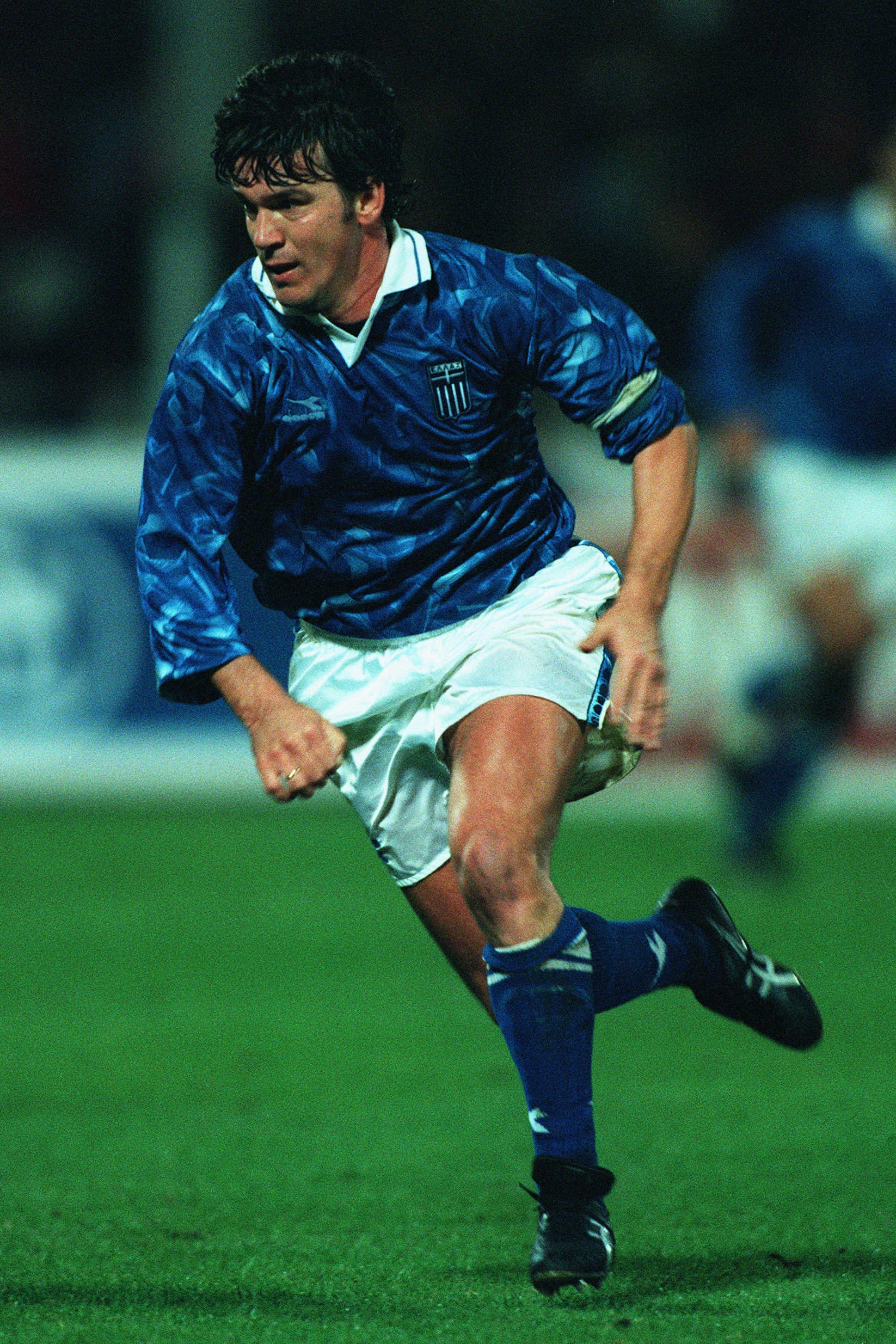
Panionios lost the match 3-1, but Mogridge was unphased. He had found his place in football. Mogridge’s great-grandfather was an athlete for Panionios in the early 20th century when it was a sports club based in Smyrna, modern-day Izmir, a city on the Aegean coast of Turkey.
The club was founded by Orthodox Greeks in 1890, and was re-established in Athens at the end of the Greco-Turkish war in 1922 when Turkey captured Smyrna, forcing the Greek army to retreat and thousands of Orthodox citizens to flee.
“Panionios has the identity of being the refugee team of Izmir and the refugee team of Greeks from the 1922 war,” Mogridge says.
The club is now based in the southern suburb of Nea Smyrni, an area of Athens awarded by the government to the refugees from Smyrna. Mogridge’s great-grandfather was lost in the war, but his great-grandmother fled to Athens by boat, while pregnant, and eventually settled in Nea Smyrni.
At the end of the war, refugees accounted for 40 per cent of Athens’s population. In addition to those who had already fled, in 1923 Greece and Turkey agreed to a population exchange of their Muslim and Orthodox communities respectively, contributing to the evolving refugee crisis. In total, an estimated 1.2 million refugees arrived in Greece by 1923 and were living in camps on the Aegean islands and in Greece’s main ports and cities.
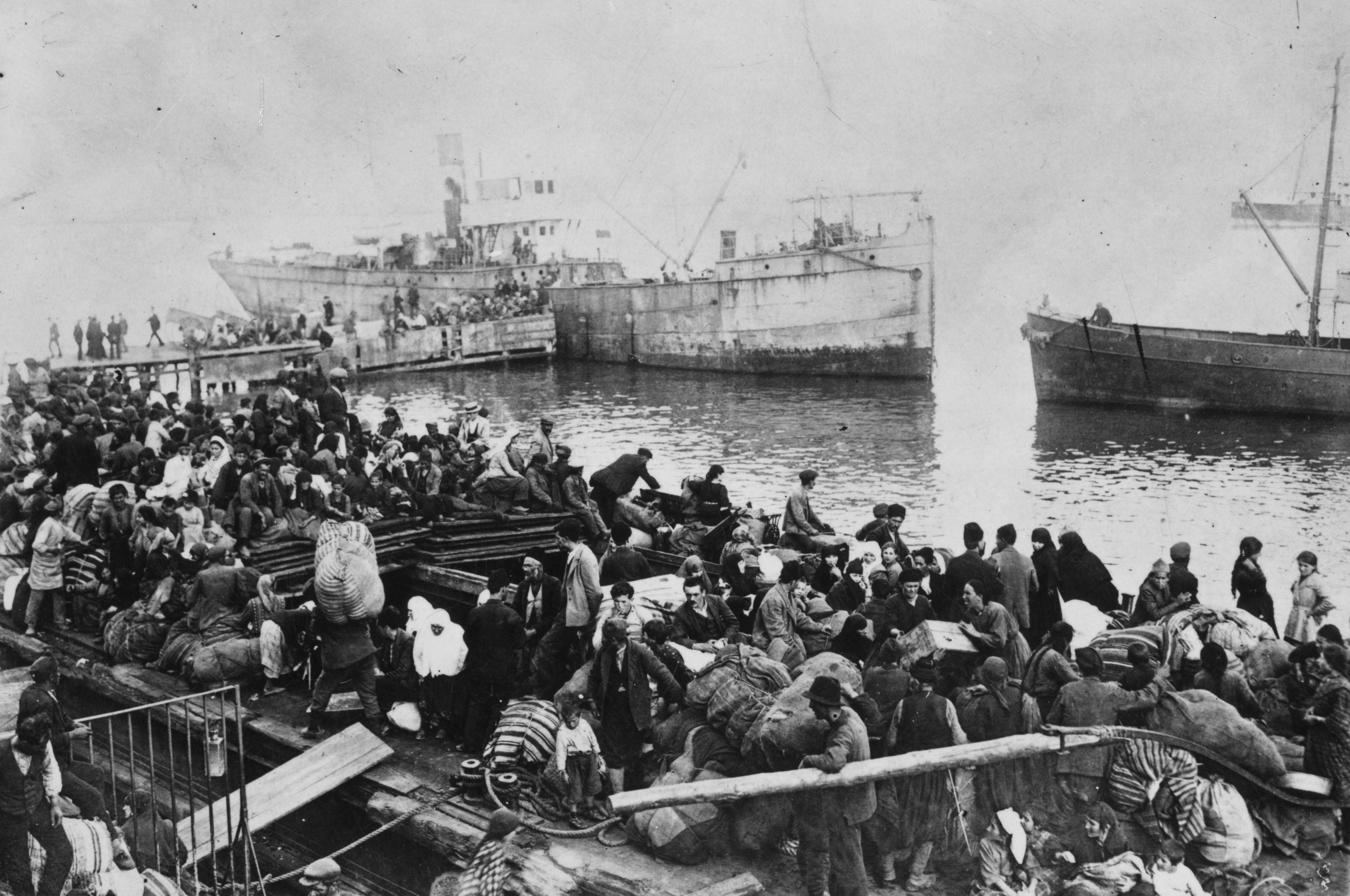
Nearly 100 years later, Greece is emerging from another migration crisis that has seen over 1 million people cross into Greece since 2015. Today, there are around 100,000 refugees and 60,000 asylum seekers in the country, the majority of which have travelled by sea, with many coming from Turkey having escaped conflict in Syria and Afghanistan. “History is repeating itself. It’s rewriting itself,” says activist and scholar Giorgios Tyrikos Ergas, who lives and works on the island of Lesvos and has witnessed the front line of today’s refugee crisis.
Professor Roderick Beaton at King’s College London’s Centre for Hellenic Studies, notes the parallels between the refugee crisis of today and 1922: “For one thing, it was a mass influx, mostly destitute, mostly desperate; they’re coming from the same place; they’re landing on the same shores, that is the eastern Aegean Islands.”
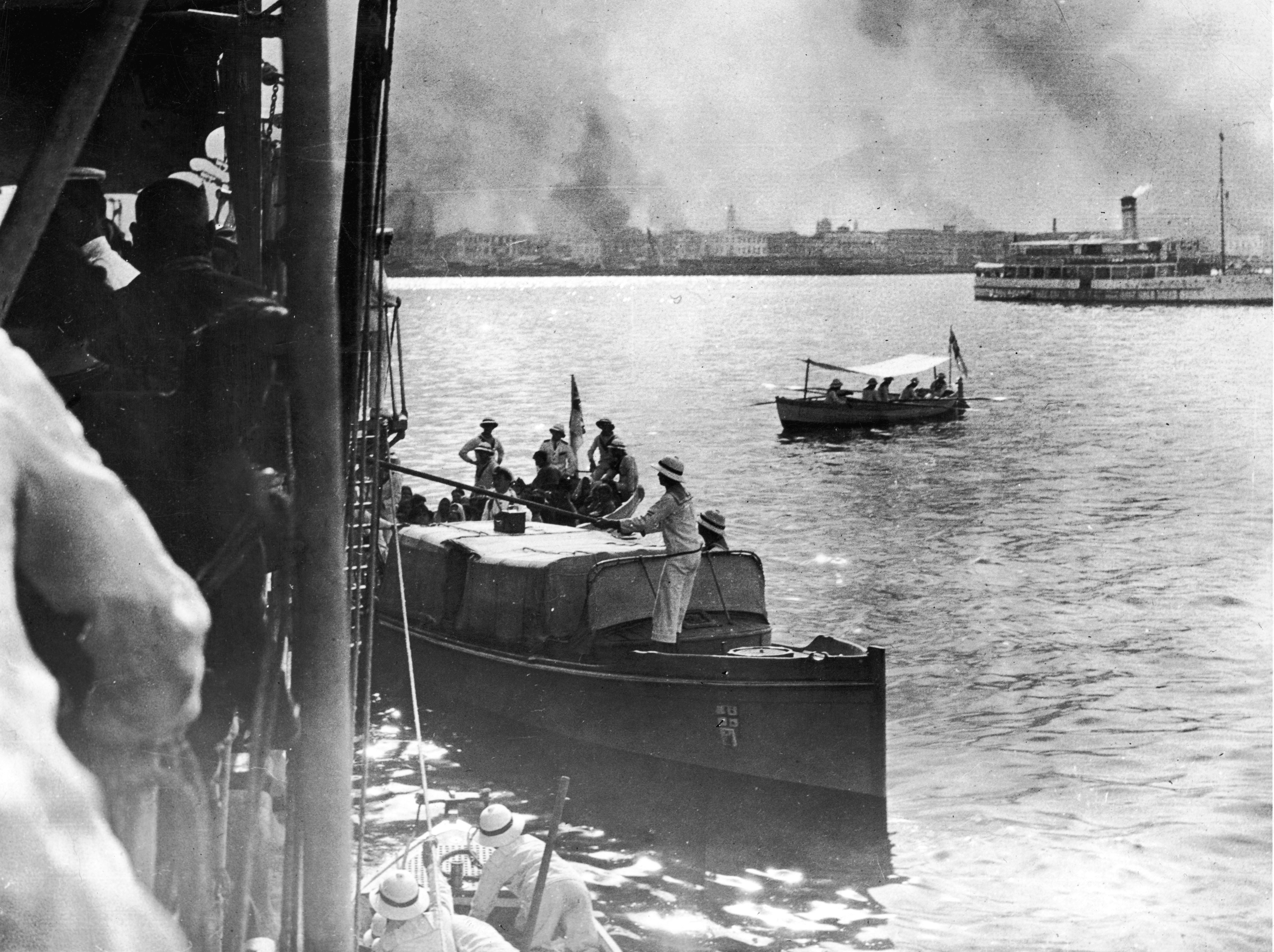
According to UN Refugee Agency data, over 19,000 refugees and asylum seekers have arrived and remain on the Greek islands since 2015. In 1923, 48 per cent of the total population of the Aegean islands was made up of refugees. The similarities go on. Like today, in 1923 Greece had to rely on international aid to help manage the influx and even suspended the admission of refugees for a time to avoid the spread of disease.
Among those helping in Greece today are the Panthers, many of whom like Mogridge are descendants of Asia Minor refugees. The fan club collect clothes, food and blankets to donate to refugee camps and are known for displaying banners with slogans of support during games.
Despite existing in Athens for 100 years and Izmir only 30, the club’s identity as a refugee team remains strong. Refugee narratives from the war have persisted throughout the past century in Greek culture, literature and public discourse.
Dr Anastasia Lemos, a visiting research fellow at King’s College London’s Centre for Hellenic Studies, says: “Out of all the turmoil and violence of the Greco-Turkish War, the only thing that has remained in the consciousness of the average Greek is the disaster of 1922.”
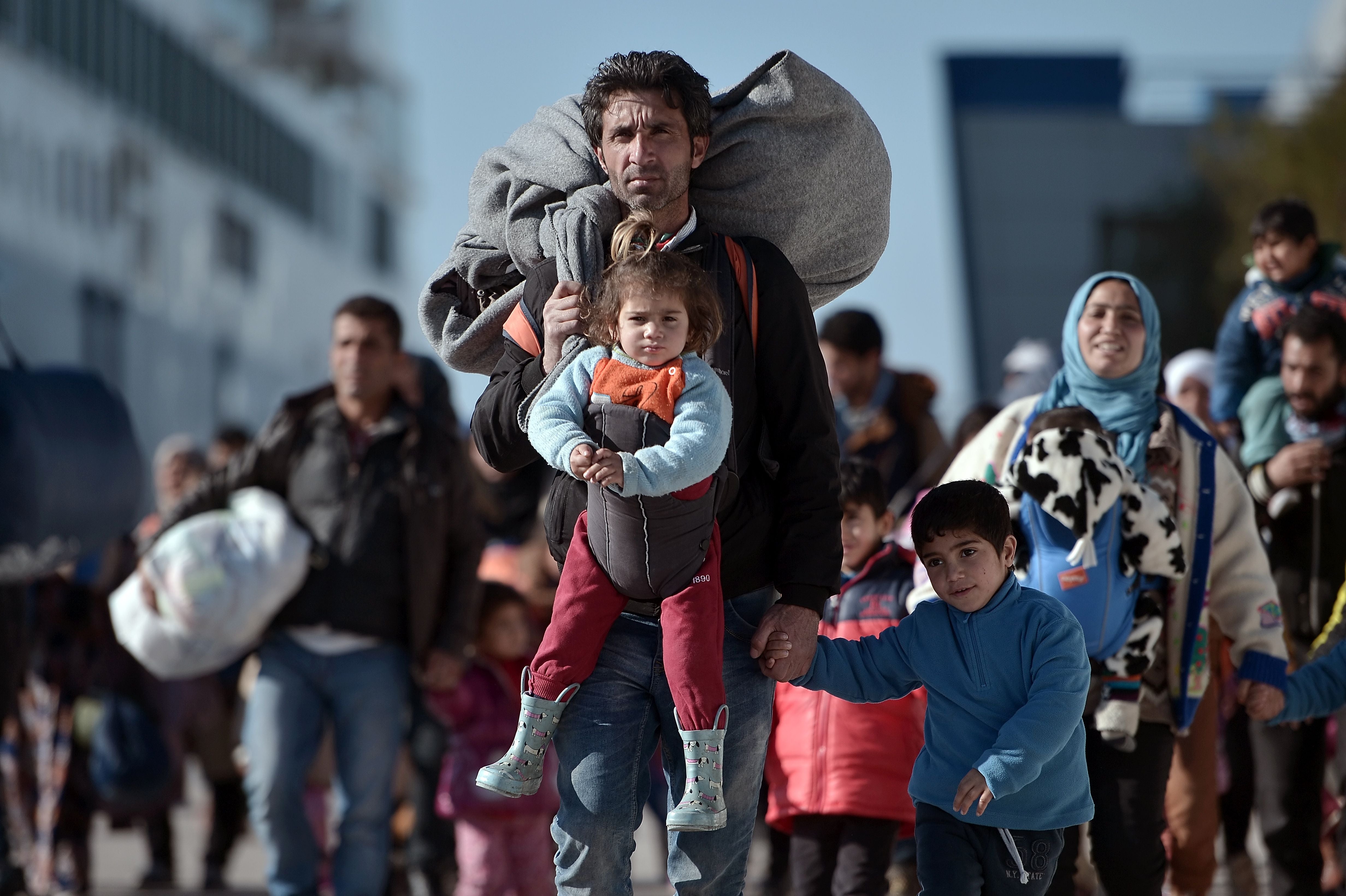
While the 1922 refugee crisis has contributed to the evolution of the Greek national identity, not all Greeks are willing to see its resonance in the present day. Ergas says that the discourse surrounding the current refugee crisis is divided, with one rhetoric favouring solidarity, the other seeking distance from 1922. “We take memories and we rebuild them,” says Ergas. “We reshape them every time.”
Recognising the similarities between the way refugees are treated today and how they were treated in the past compromises the narrative built around the war, he says. “People are still celebrating their Asia Minor heritage but they’re trying to cut it off completely from the modern refugee issue.”
A 2016 article published by the independent media platform the Pulitzer Centre says that over 60 per cent of the population of Lesvos (86,000) are the descendants of refugees from 1922. Today, the island hosts around 3,500 refugees and is known for being home to Europe’s biggest and most notorious refugee camp, Moria, which burnt down in September 2020.
“The greatest part of the population on Lesvos has created an image of 1922 as it wishes it to be: a glorious image and an image free of every harm,” Ergas says.
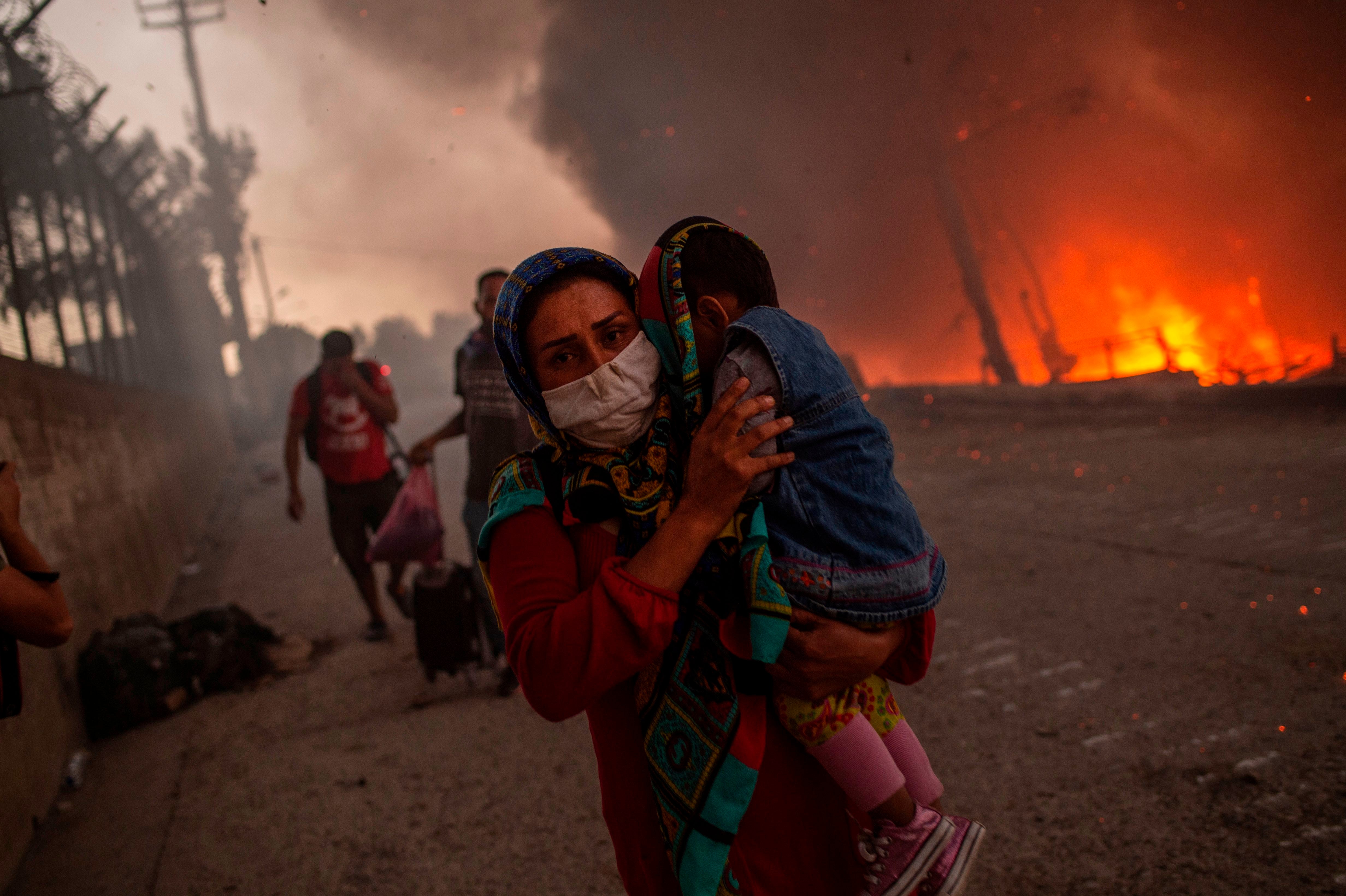
In reality, refugees who arrived on the island in the 1920s were forced to make settlements along the shoreline and in areas unpopular with the locals. They lived in overcrowded camps, rife with disease and degrading conditions.
Beaton says: “It took decades for the refugee communities to become properly assimilated within Greece.” Over time, the camps transformed to permanent settlements. Wood and mud became bricks and cement. Children and grandchildren of refugees still live there today.
For George Mavropoulos, growing up as the child of Asia Minor refugees was not easy. “We were strangers that ended up in their area, in their home, in their land,” he says.
The 83-year-old was born in a village in northern Greece, after his parents fled Turkey in 1923. They came from a small village near Samsun in the Pontos region of northern Turkey. His father had a bad experience trapped in a refugee camp in Istanbul, before travelling by boat to mainland Greece.
Growing up in Greece, Mavropoulos was picked on for speaking a Pontian dialect. “We were not one of them, we were different. People did not know much, and they suffered and they were looking for a scapegoat. They thought that we will take over their homes.”
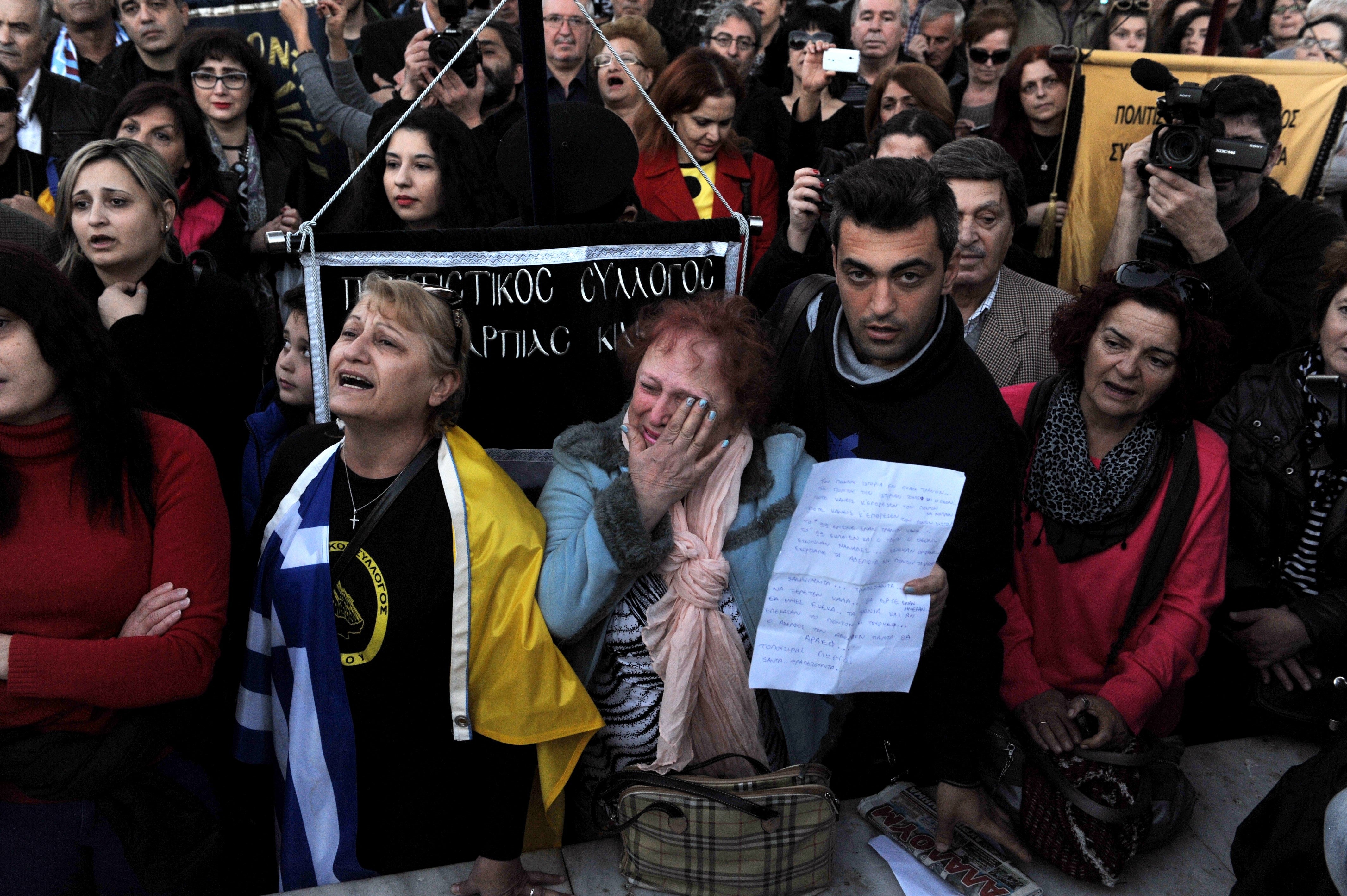
Mavropoulos migrated to Chicago in 1958 to study, and is the founder of the Asia Minor and Pontos Hellenic Research Centre. The centre sent money to support refugees in Greece at the beginning of the 2015 crisis. Pontian Greeks “relate to their tragedy”, he says.
To Ergas, drawing a connection between the two experiences is vital. “It points out one universal and transcendent historical fact that locals always treat refugees like shit, no matter where they come from, and will always be hostile to the weakest, to the poorest, to the inferior.”
A year after Moria burnt down on Lesvos, the Greek government has not yet started building new accommodation for the island’s asylum seekers, leaving refugees in a makeshift camp, coined “Moria 2” for its similarly sub-standard conditions. With no new permanent structure and rumours of migrants being returned to Turkey, residents of “Moria 2” are waiting to hear their fate. Hope is running out.
Raed, who prefers not to give his full name for safety, has been living on Lesvos since March 2019. He fled Syria in 2015 and came to Greece on a small boat from Turkey. “You can tell everybody that we are waiting to die,” he says. “We are human like you, so accept us, consider us. We didn’t come here to collect money, we didn’t come here to take the place, we didn’t come here to take anything. We came here for one reason. We are looking for a safe place to end our lives.”
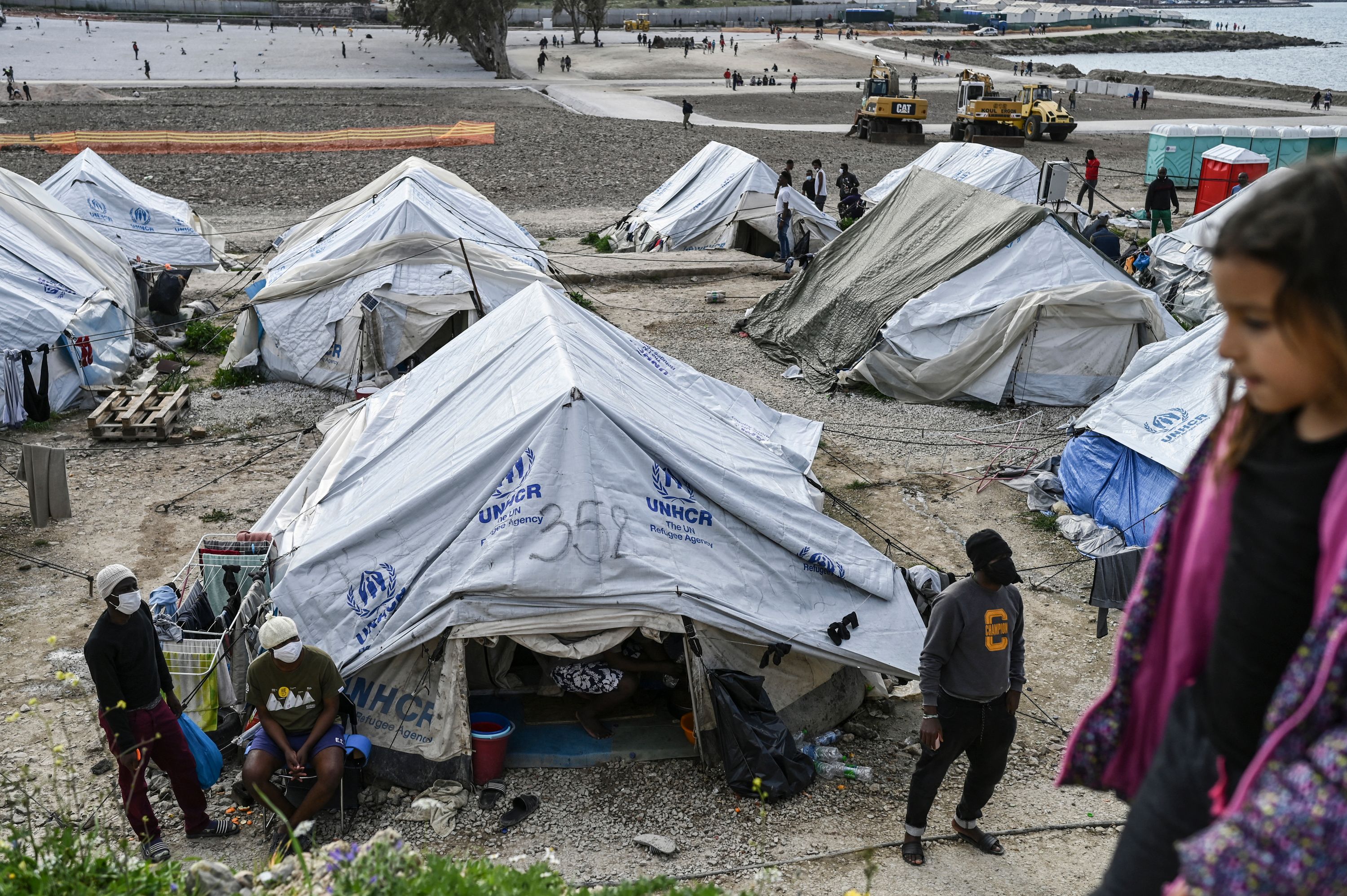
Refugees and asylum seekers are facing increasingly hostile policy, making it harder to achieve refugee status and to integrate. The right-wing party New Democracy that came into power in 2019 introduced an asylum law that restricts asylum seekers’ access to legal assistance, facilitates arbitrary detention and expands the grounds for rejecting applications.
“Greece has traditionally a policy, it’s not an official one, no one talks about it, to push people to leave. That’s why we don’t do integration,” says Lefteris Papagiannakis, the head of advocacy at Solidarity Now, an NGO that supports vulnerable communities in Greece.
“It’s a vicious circle,” he says. “Creating conditions of instability, making them think twice if they want to stay in Greece or if it is better for them to go back home, and sending a message to the outside: ‘Look guys, in Greece it’s crazy. Don’t come in.’”
The government has also started to construct three-metre-high concrete walls around 24 major camps on the mainland, purportedly for the safety of the refugees, while the EU awarded Greece money to build five new camps on the most affected islands to replace sub-standard structures where poor conditions proliferate.
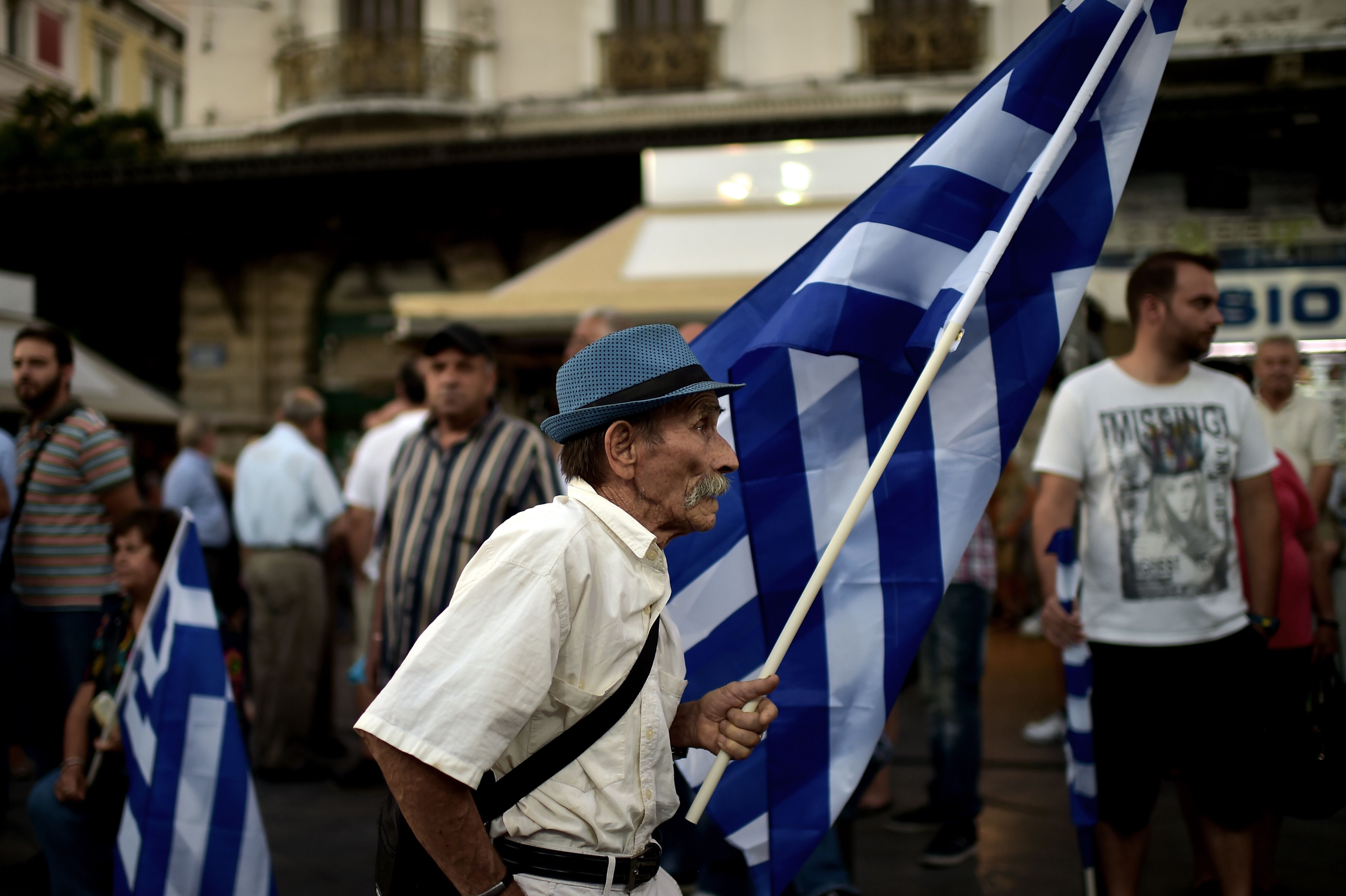
The first of the new camps opened in September on Lesvos and has been labelled “prison-like” by Médecins Sans Frontières for its military-grade fences and advanced surveillance systems. About 500 asylum seekers were transferred from the old camp outside the town of Vathy, which during the height of the crisis had 8,000 residents in a space meant for 650.
“It is a dire situation,” says Simone, a humanitarian aid worker on the island, who prefers to be identified only by his first name to protect his organisation, about Vathy camp. “Not just in material terms like lack of running water or electricity, they live with the constant risk of being bitten by rats and snakes and pests or flooded because of rain.”
He recalls that during celebrations for the 19 May anniversary of the Pontic Greek genocide, when much of the Orthodox population in northern Turkey fled to Greece as refugees between 1913 and 1922, no connection was made to the present-day situation. “You couldn’t find one line written about it.”
In Chicago, Mavropoulos remembers the Pontian Greeks who visited his father’s tailor shop in Kozani, the town in northern Greece where his family eventually settled. They would talk about their homeland, ruminating on how some were able to return and others were not. “There’s a huge loss, something that is missing from your life, not being able to visit your home, where you were born, grew up,” Mavropoulos says.
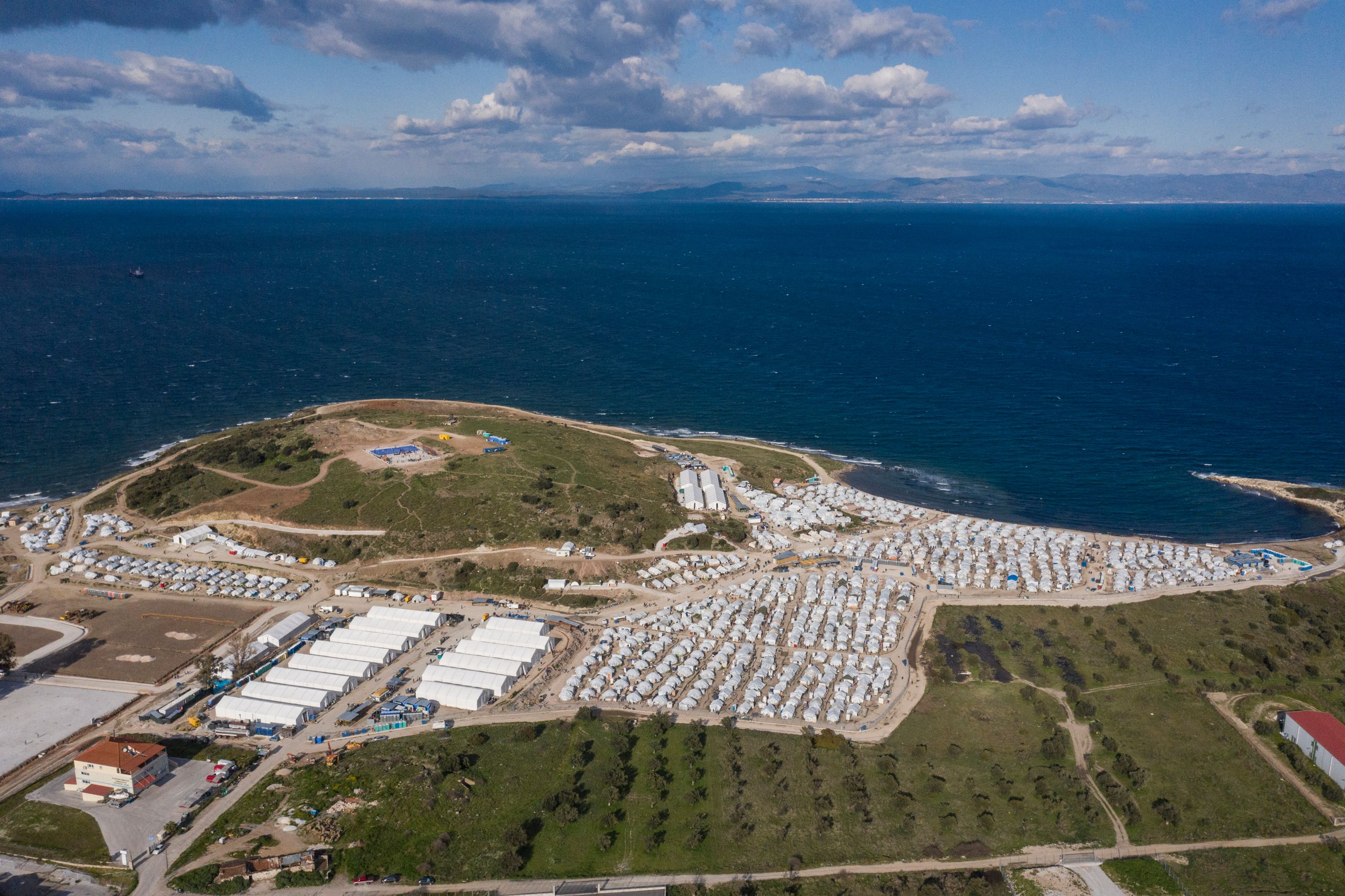
He holds onto a sorrow and a sense of loss that, despite never being his own, has been passed down to him. He becomes emotional when I ask if he has ever wanted to visit the village his parents came from. “I could not psychologically, I could not stand – that would be a tough experience,” he says, tears coming to his eyes. When I speak to Raed later on, he also becomes emotional remembering his homeland.
The ancient Greek playwright Euripides is often quoted in discourse around migration for capturing this feeling: “There is no greater sorrow on Earth than the loss of one’s native land.”
Manos Moschopoulos, a senior programme officer at Open Society, recognises that migration is inherent in the Greek identity beyond the descendants of Asia Minor refugees. He points to the estimated 5 million people of Greek origin living outside of Greece today.
Moschopoulos’s own family is a prime example. Part of his family fled Asia Minor during the Greco-Turkish war, another escaped the Italian occupation of the islands during the Second World War. His father first migrated to Germany as a teenager in the 1960s and then to Australia in the 1970s. Moschopoulos, too, left Greece when the financial crisis struck in the mid 2000s and now lives in Germany.
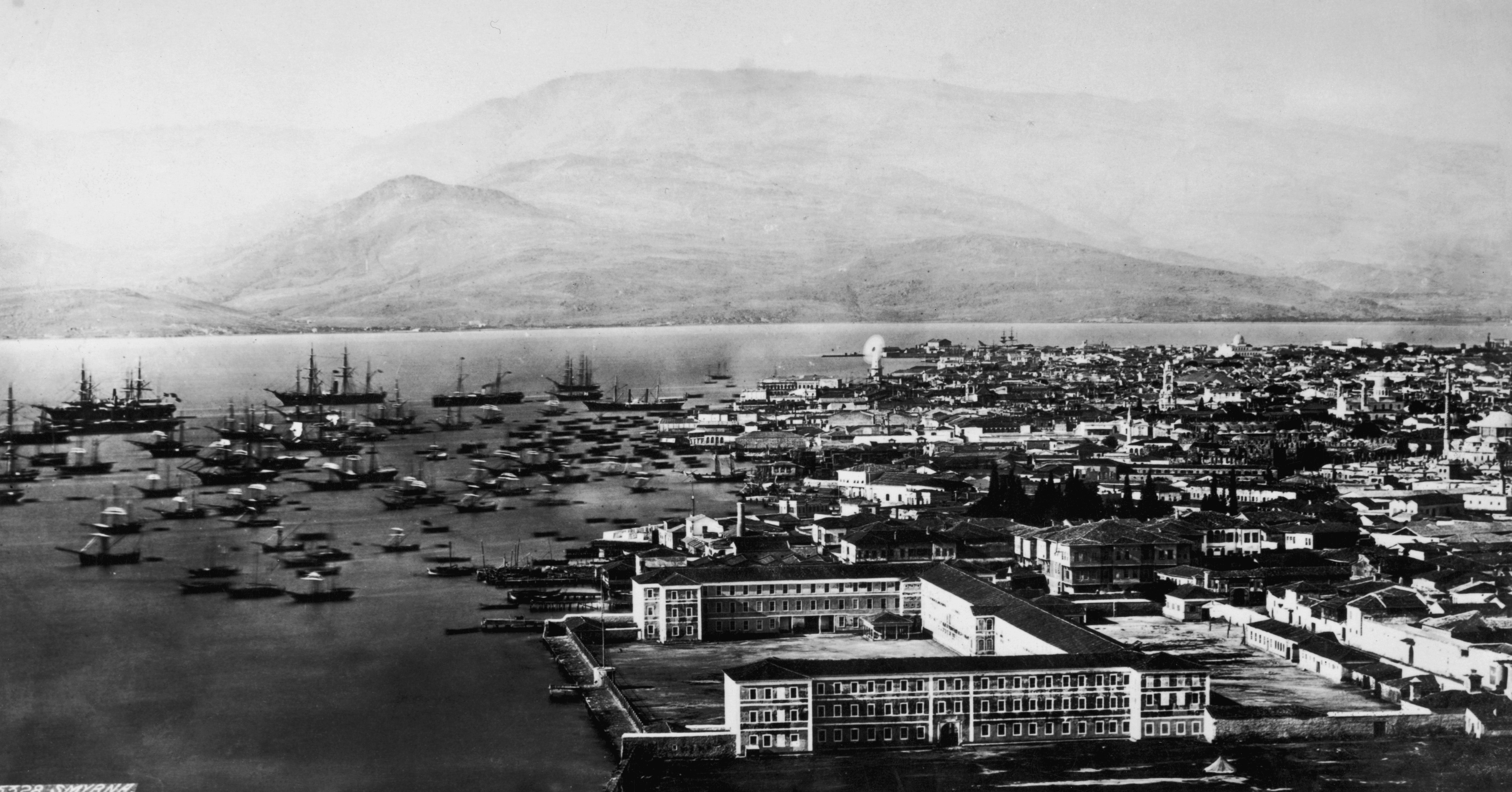
“I think that, overall, the important thing is that as a nation, we are a nation of refugees, that half of the country, maybe, has some sort of experience of migration or forced displacement in their own families,” he says. “If we remember that, I think it would change a bit the way we see others that are coming to Greece.”
He notes the resistance to seeking resemblances between one’s own history and the displaced of today stems from a fear of finding out that one does not belong. It is a fear carried by a nation that, although dating back to antiquity, has only been independent in the modern world for 200 years.
“Every time a nation comes to life, be it the modern Greek state in the 1830s or be it any other country, we scramble to find reasons for it to exist and reasons for it to be exceptional,” he says.
In November last year, Panionios signed a new football player, 22-year-old Alia Camara from Guinea. Camara is one of the 1 million refugees who have arrived in Greece since 2015. He crossed from Turkey to Lesvos via boat and ended up in Moria. His first game was like a party, says Mogridge. The club was honouring its identity.
“We’re a club that all feels the same as he does, even though it was 100 years before,” he says. “There’s this Greek saying that in the images of Syrians or refugees in boats, I see my own ancestors.”




Join our commenting forum
Join thought-provoking conversations, follow other Independent readers and see their replies
Comments